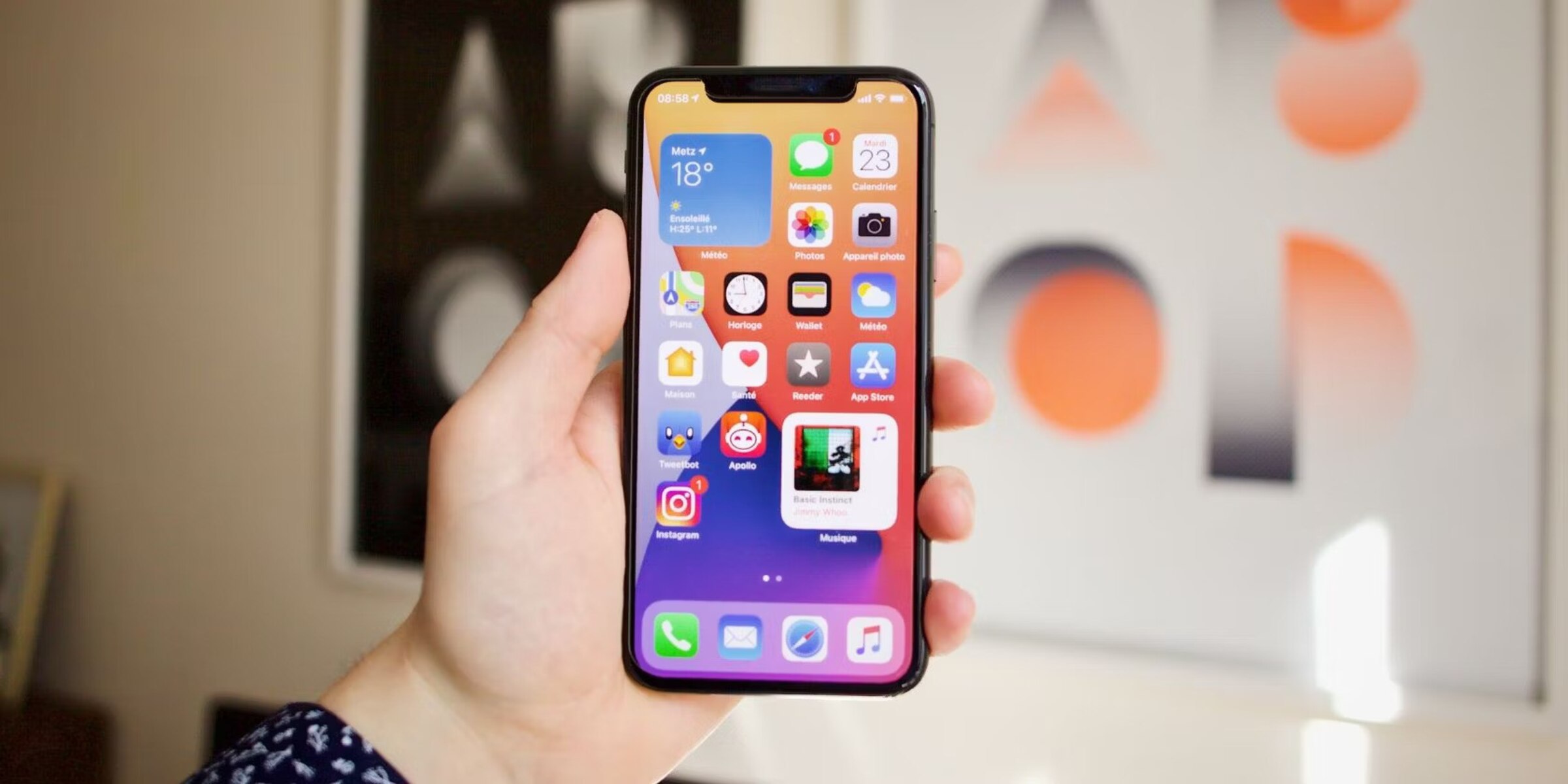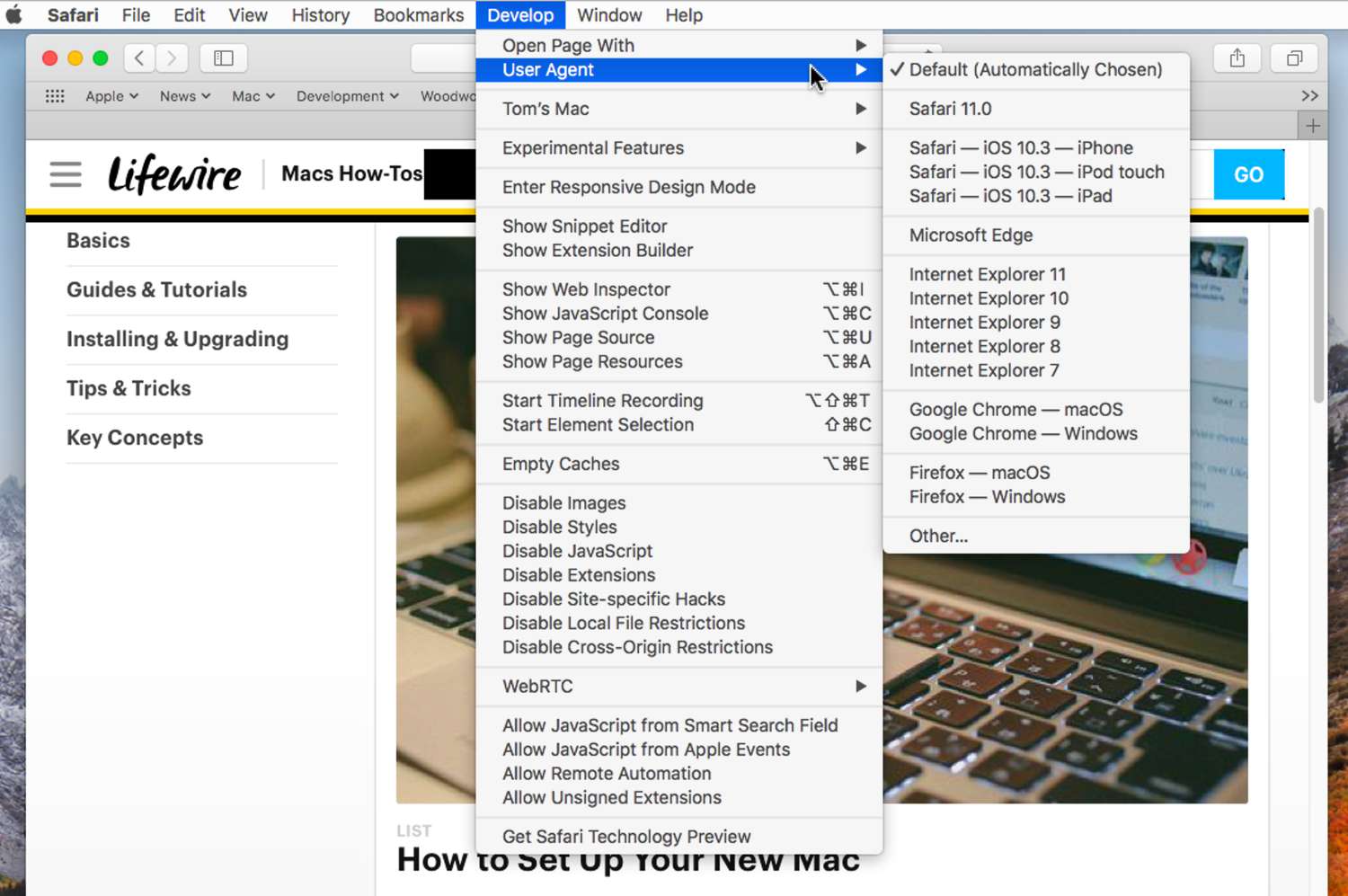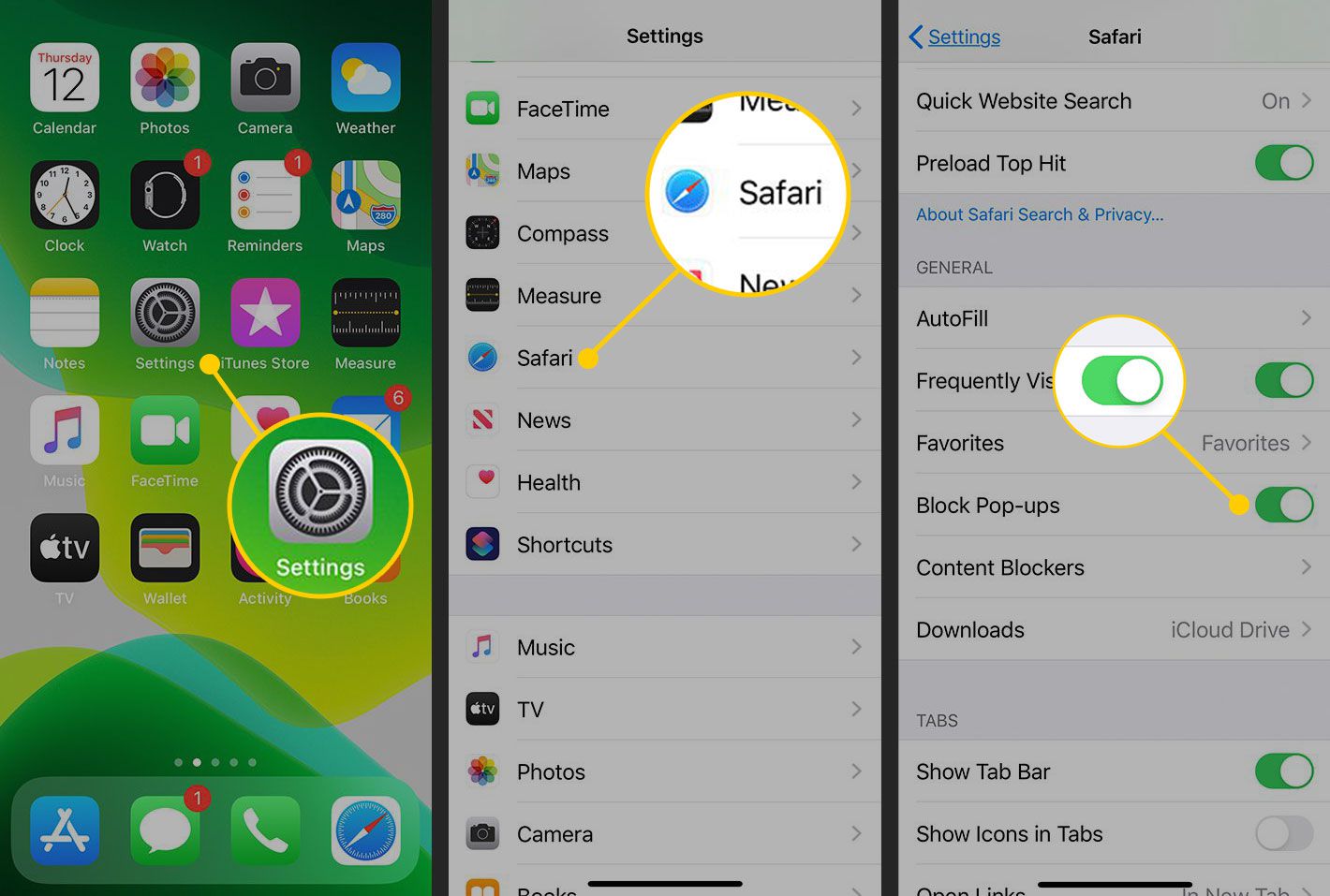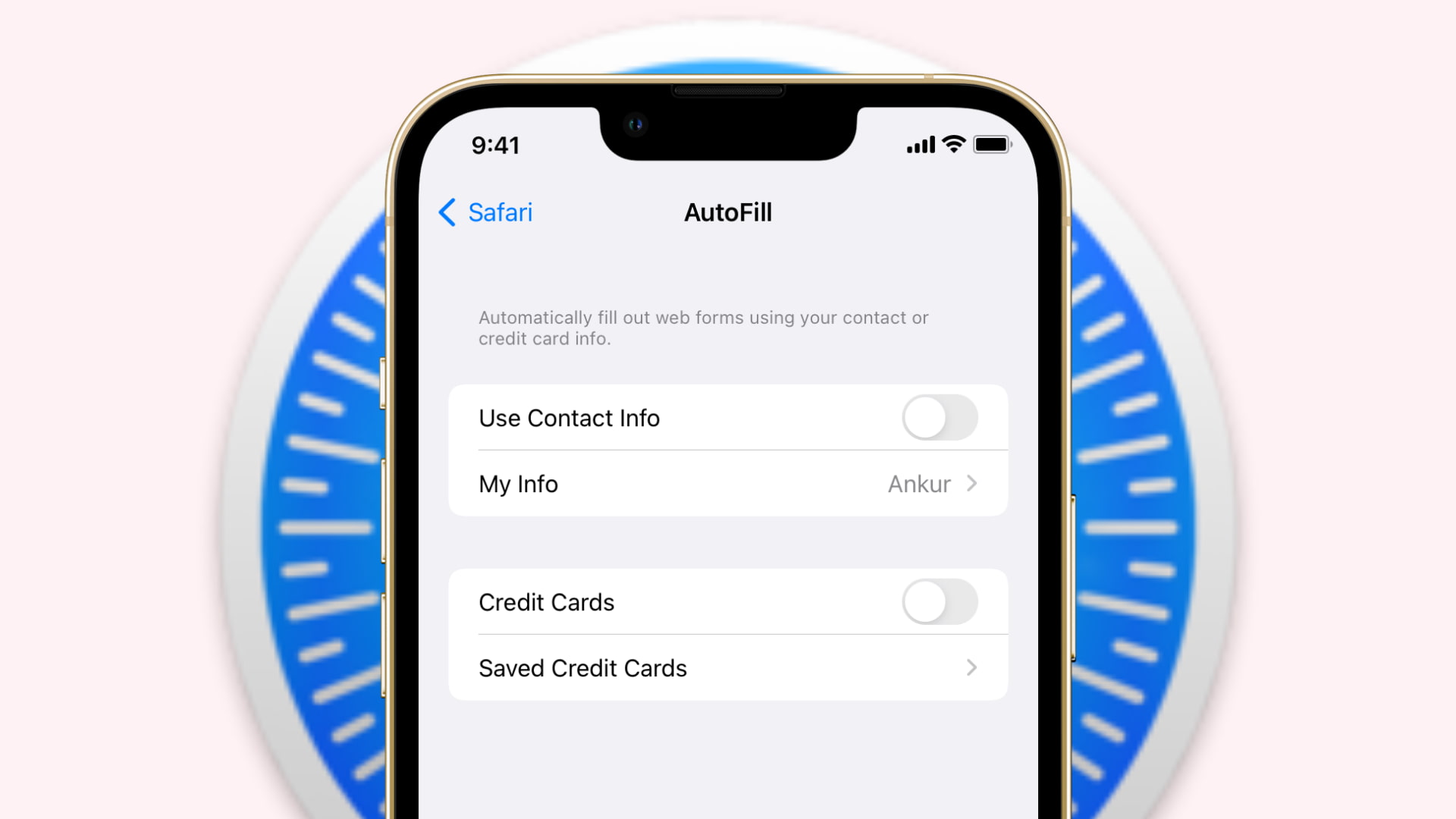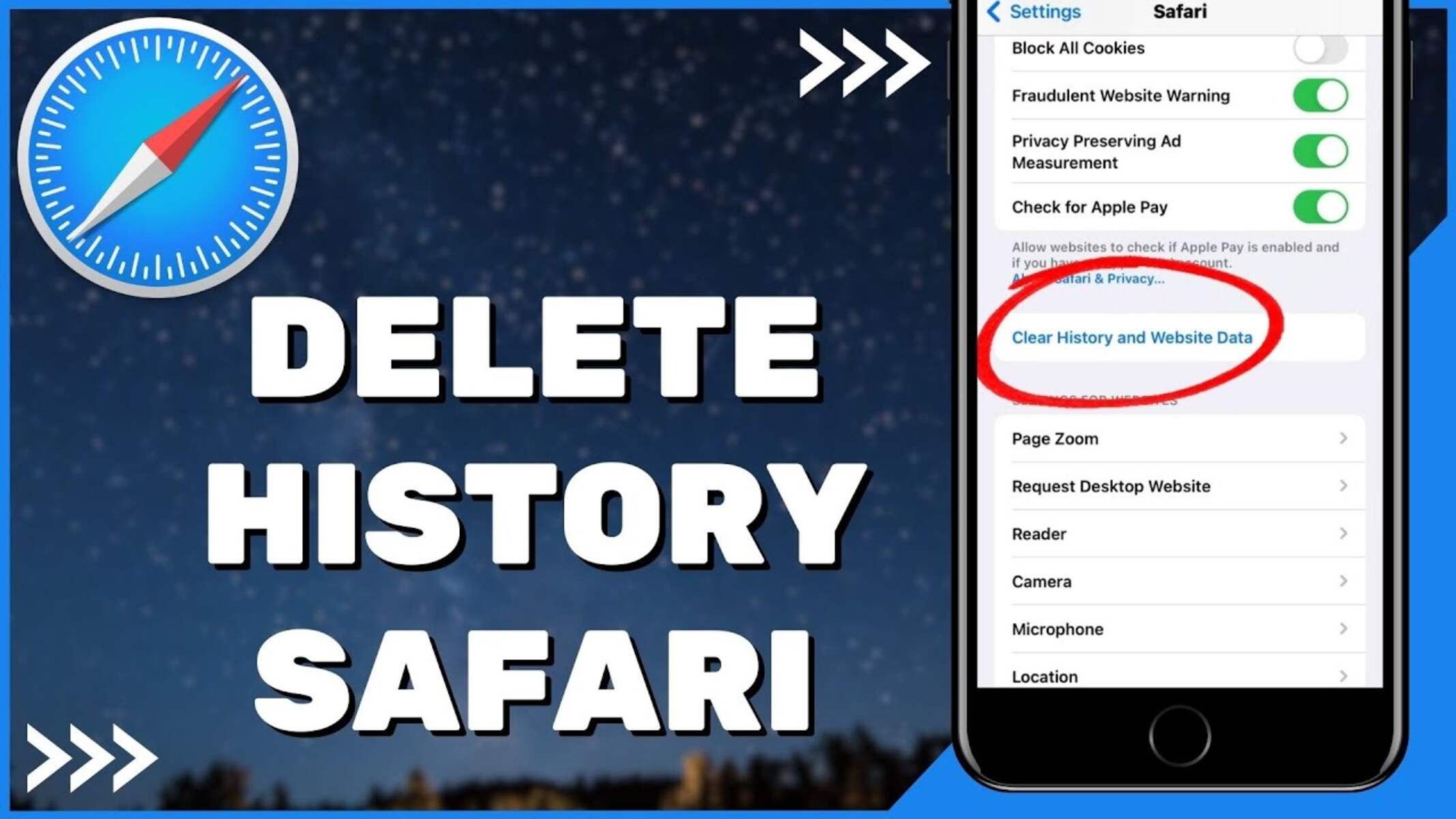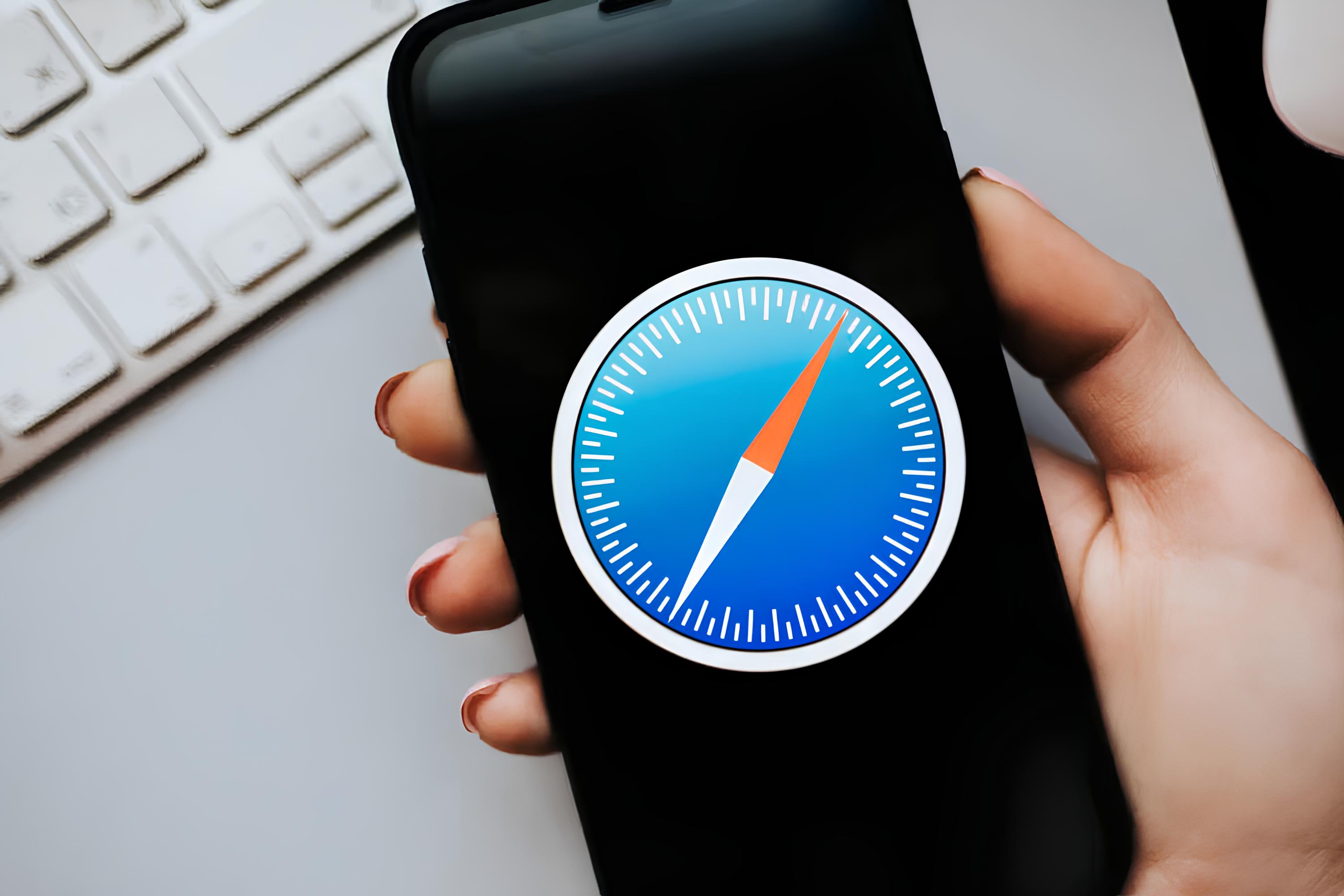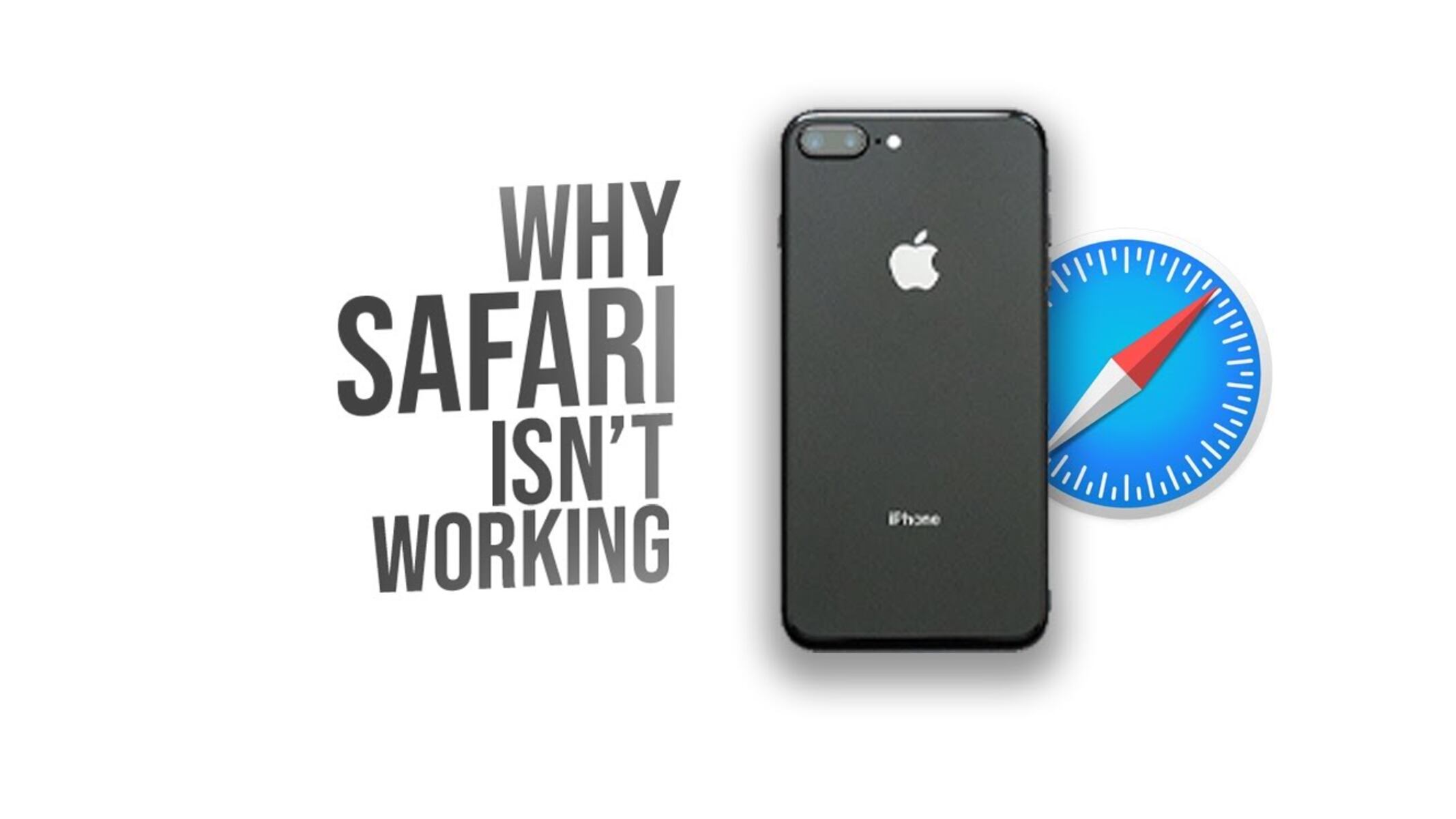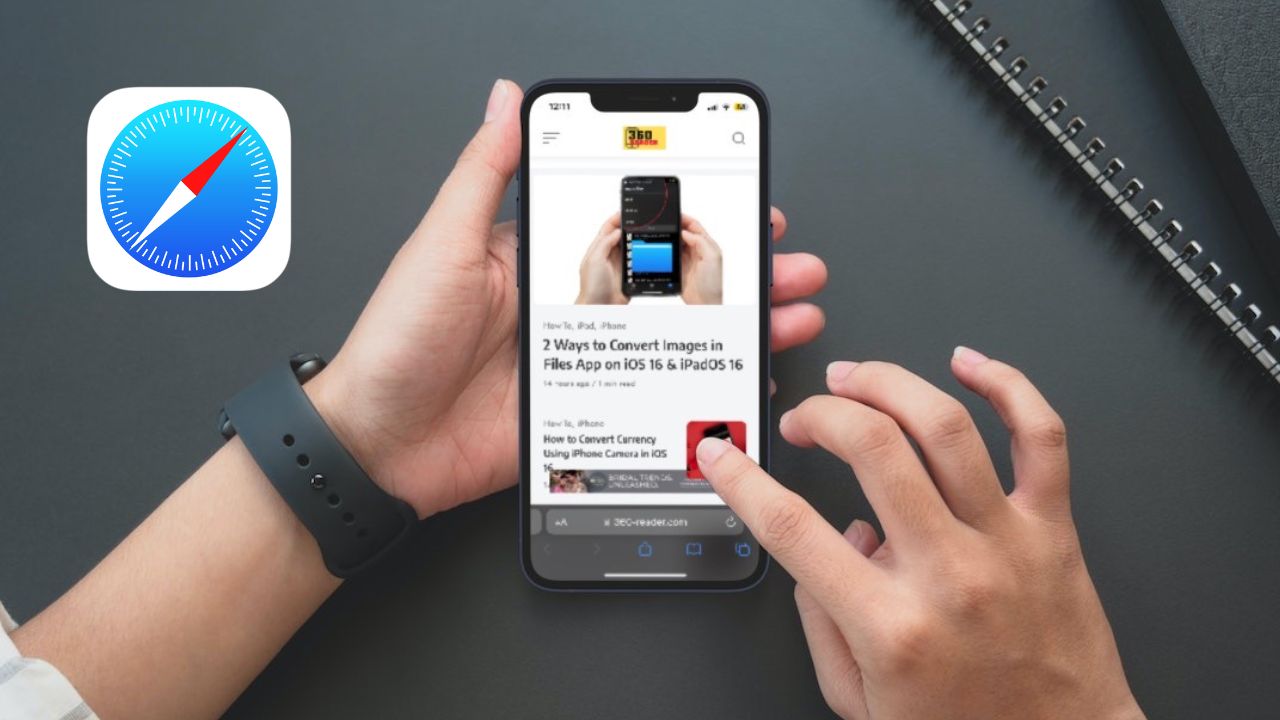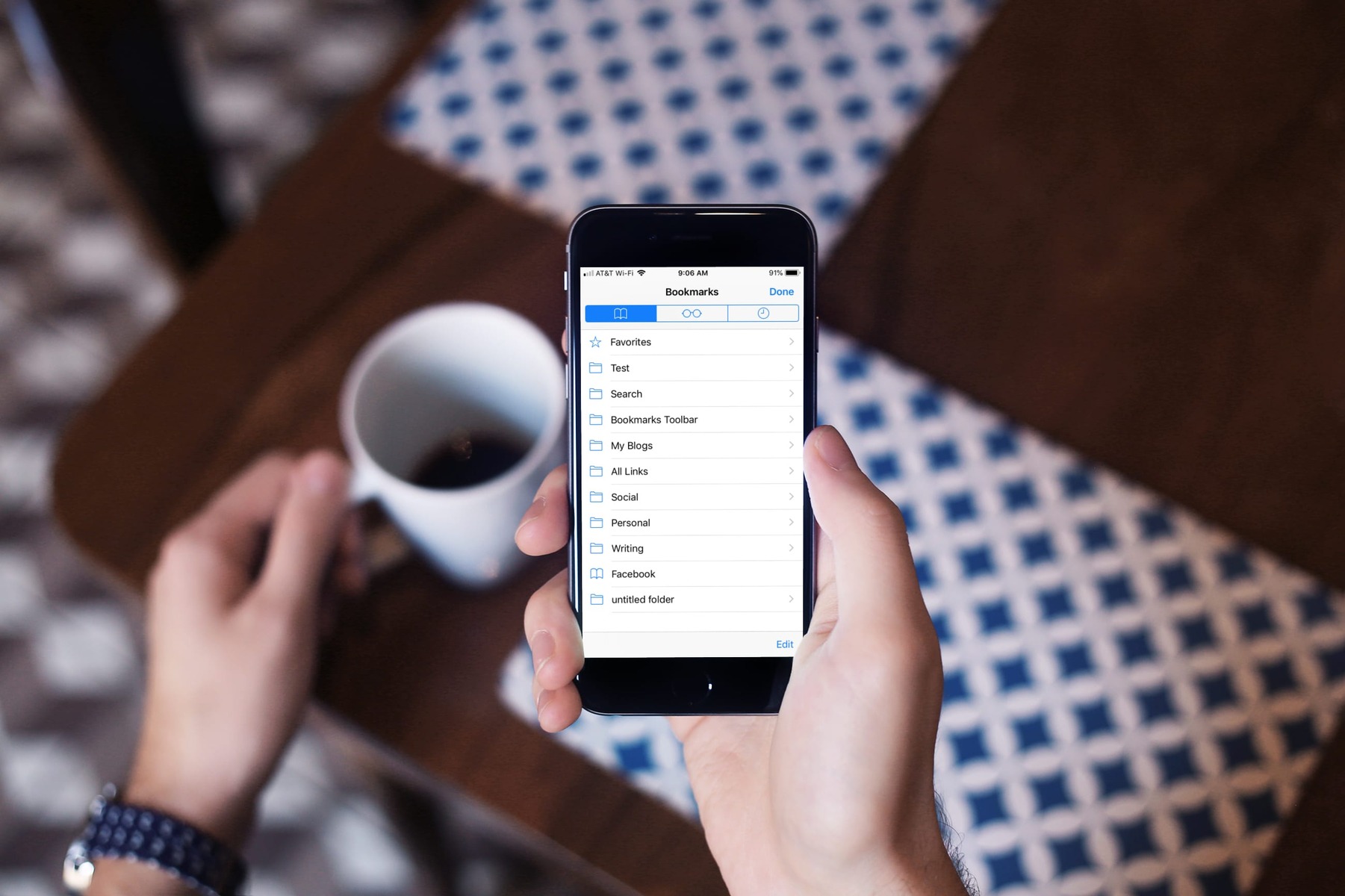Introduction
Safari, Apple's native web browser, is a vital component of the iOS ecosystem, offering a seamless and intuitive browsing experience for iPhone users. However, there are instances where Safari may inadvertently disappear from the iPhone's home screen, causing inconvenience and frustration. If you find yourself in this predicament, fear not, as there are several straightforward methods to restore the Safari app to its rightful place on your iPhone.
In this article, we will explore three effective methods to put the Safari app back on your iPhone. Whether Safari has been accidentally deleted, hidden, or misplaced, these solutions will guide you through the process of reinstating this essential browser. By following these steps, you can swiftly regain access to Safari and resume your web browsing activities without any hassle.
So, if you've found yourself in the perplexing situation of missing Safari on your iPhone, don't fret. Let's delve into the methods that will help you reclaim this indispensable app and get back to enjoying the seamless browsing experience that Safari offers on your iPhone.
Method 1: Re-downloading Safari from the App Store
If Safari is missing from your iPhone, one of the simplest and most effective solutions is to re-download the app from the App Store. This method is particularly useful if Safari has been accidentally deleted or offloaded from your device. Here's a step-by-step guide to help you reacquire Safari from the App Store:
-
Accessing the App Store: To begin, locate and tap the App Store icon on your iPhone's home screen. The App Store icon features a blue background with a white letter "A" made from a pencil, paintbrush, and ruler.
-
Searching for Safari: Once you're in the App Store, tap the "Search" tab located at the bottom of the screen. Next, type "Safari" into the search bar at the top of the screen and press "Search" on the keyboard.
-
Selecting Safari: After performing the search, the Safari app should appear in the search results. Tap on the Safari icon to access the app's details.
-
Downloading Safari: On the Safari app's details page, you will see a button labeled "Get" or a cloud icon with a downward-facing arrow. Tap this button to initiate the download and installation process.
-
Verifying Installation: Once the download is complete, the Safari app will be installed on your iPhone. You can confirm this by locating the Safari icon on your home screen or within the App Library if you are using iOS 14 or later.
By following these straightforward steps, you can easily re-download Safari from the App Store and restore it to your iPhone's home screen. This method is a quick and reliable way to retrieve the Safari app, ensuring that you can swiftly resume your web browsing activities without any interruptions.
Re-downloading Safari from the App Store is a convenient solution that circumvents the need for complex troubleshooting or system adjustments. It offers a direct path to restoring Safari to its prominent position on your iPhone, allowing you to seamlessly access the web and enjoy the browser's features and functionality.
Method 2: Resetting Home Screen Layout
Resetting the home screen layout on your iPhone can serve as an effective remedy if Safari is missing from the home screen. This method focuses on restoring the default arrangement of app icons, potentially revealing the Safari app if it has been inadvertently moved to a different screen or folder. Here's a detailed walkthrough of the steps involved in resetting the home screen layout:
-
Accessing the Home Screen: Begin by navigating to the home screen of your iPhone, where all the app icons are displayed. This is the primary screen that appears when you unlock your device.
-
Entering Jiggle Mode: To initiate the process of resetting the home screen layout, press and hold any app icon on the home screen. After a brief moment, the app icons will enter "jiggle mode," indicated by their subtle shaking movements.
-
Locating the App Library (Optional): If you are using iOS 14 or later, you can access the App Library by swiping left through the home screen pages. The App Library organizes all your apps into categories, providing a convenient way to locate misplaced apps.
-
Tapping the Grid Icon: While in jiggle mode, look for the grid icon located at the bottom of the screen. This icon represents the home screen layout settings and serves as the entry point for customizing the app arrangement.
-
Selecting Reset Home Screen Layout: Tap the grid icon to access the home screen customization options. From the menu that appears, select the "Reset Home Screen Layout" option. A confirmation prompt will appear, asking if you want to reset the home screen layout.
-
Confirming the Reset: Upon receiving the confirmation prompt, tap "Reset" to proceed with resetting the home screen layout. This action will revert the app icons to their default arrangement, potentially revealing the Safari app if it was previously hidden or relocated.
By following these steps, you can effectively reset the home screen layout on your iPhone, providing a chance for the Safari app to reappear on the home screen. This method offers a straightforward approach to addressing the absence of Safari, allowing you to restore the app's visibility and accessibility without the need for complex troubleshooting.
Resetting the home screen layout is a user-friendly solution that can swiftly rectify the issue of a missing Safari app, ensuring that you can seamlessly integrate Safari back into your browsing routine. This method leverages the inherent customization features of the iPhone's home screen, empowering users to effortlessly manage their app layout and retrieve any misplaced icons, including the essential Safari browser.
Method 3: Resetting All Settings on iPhone
Resetting all settings on your iPhone can serve as a comprehensive solution to address the absence of the Safari app. This method focuses on restoring the device's settings to their default configurations, potentially resolving any underlying issues that may have led to the disappearance of Safari. Here's a detailed exploration of the steps involved in resetting all settings on your iPhone:
-
Accessing the Settings App: Begin by locating and tapping the "Settings" app on your iPhone's home screen. The Settings app features a gear icon and serves as the central hub for managing various configurations and preferences on your device.
-
Navigating to General Settings: Within the Settings app, scroll down and tap on the "General" option. This will open a menu containing a wide range of system-level settings and options for your iPhone.
-
Selecting Reset Options: Within the General settings menu, locate and tap the "Reset" option. This will present a list of reset options that allow you to restore different aspects of your iPhone's configuration.
-
Choosing Reset All Settings: From the list of reset options, select "Reset All Settings." Upon selecting this option, you may be prompted to enter your device's passcode and confirm your decision to proceed with the reset.
-
Confirming the Reset: After entering your passcode, a confirmation prompt will appear, asking if you want to reset all settings on your iPhone. Confirm your decision to initiate the reset process.
-
Waiting for the Reset to Complete: The reset process may take a few moments to complete. During this time, your iPhone will reboot, and the settings will be restored to their default values.
By following these steps, you can effectively reset all settings on your iPhone, providing a comprehensive approach to addressing potential configuration issues that may have impacted the visibility of the Safari app. This method offers a systematic way to reset and recalibrate the device's settings, potentially resolving any underlying factors contributing to the absence of Safari from the home screen.
Resetting all settings on your iPhone is a powerful troubleshooting measure that can help restore the Safari app to its prominent position on the home screen. This method addresses a wide range of system configurations, offering a holistic approach to resolving issues related to app visibility and accessibility. By leveraging the reset functionality built into iOS, users can effectively realign their device's settings, ensuring that essential apps like Safari are seamlessly integrated into the user experience.







